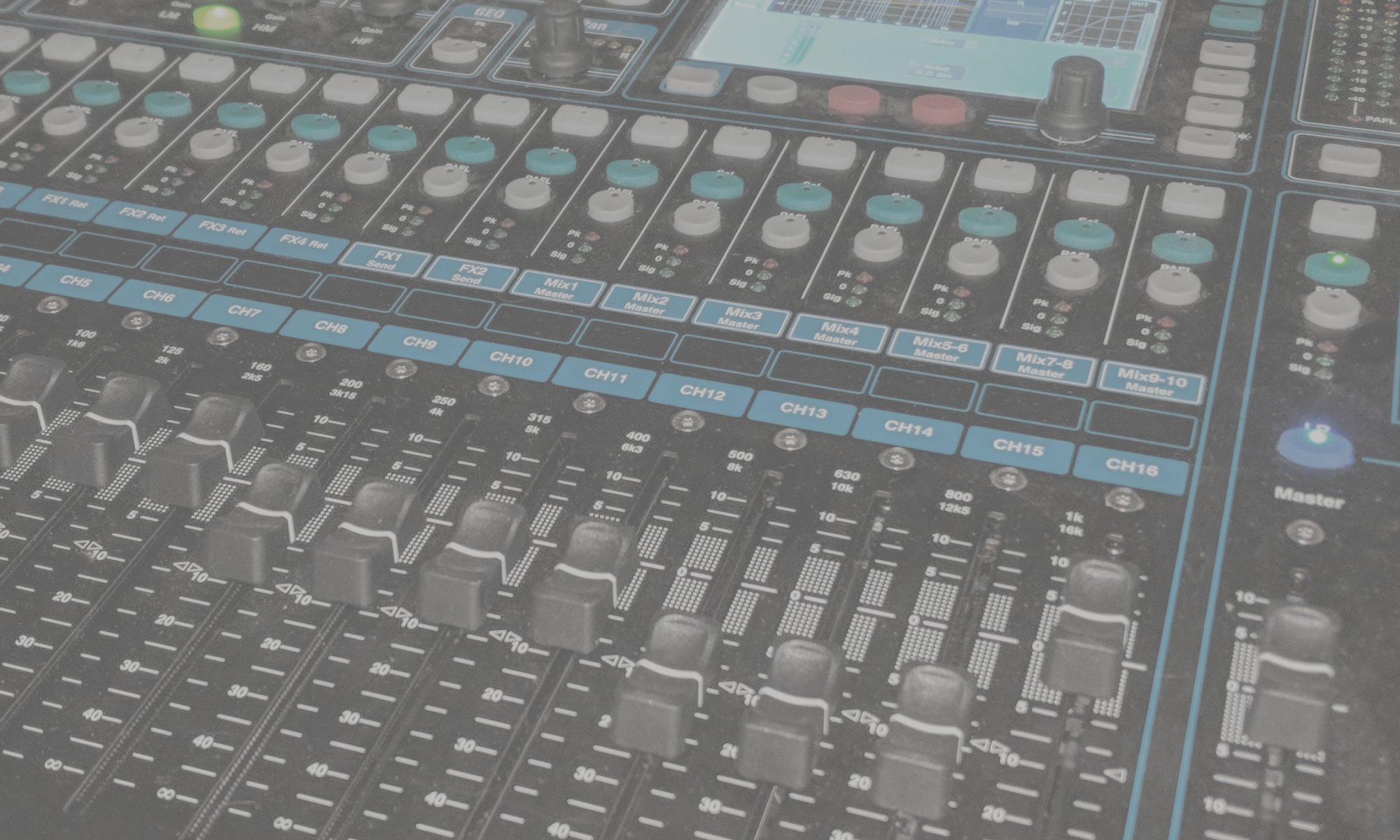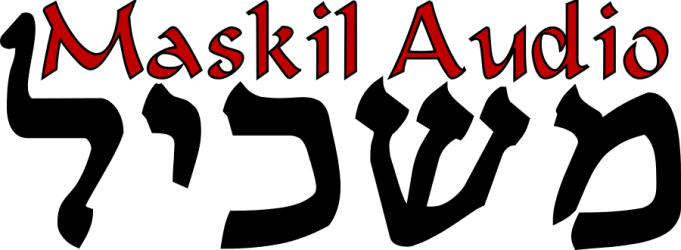How do you know how loud something should be? That seems like a really easy answer, but at the same time it’s incredibly subjective. How loud should a kick drum be? How about the background music while someone is speaking? Here we’ll try and give some basic, objective ways to know how to get your audio levels just right.
A Little Bit of Theory
So, without getting into too much detail, there are a few things we need to know before we get started. Most importantly is a unit called a “decibel” or dB. A lot goes into what this unit is, but in short it’s a measure of the difference between two values. 0 dB means no difference. 10 dB means the first item is 10 times more than second. -10 dB means the first item is 10 times less than the second, and so on. There’s a lot of places on the internet that explain all of this in more detail.
Even more so than most units, a decibel needs a reference. When it comes to audio, you’ll usually deal with 3 references: “dB” by itself (sometimes “dBVU”), “dBFS”, and “dB SPL”.
dB / dBVU
“dB” or “dBVU” (short for decibels referenced to 1 “volume unit”) usually shows up on meters, especially on mixing consoles. Usually these meters range from -40 dB to 0 dB in green light, 0 dB to +10 dB in yellow light, and +20 db as a red light. The green lights are a “safe” level range, yellow means “caution”, and red means “clipping”. (Clipping is when the signal is too loud for the electronics interacting with it — this sounds bad [most of the time].) Usually it’s best for the pre-fader level of any particular source to be near 0 dB, hovering right between the green and yellow regions.
dBFS
“dBFS” (dB “full scale”) is quite similar to dBVU; they show the same thing with a different reference. dBVU is referenced to a particular voltage level (+4 dBu, if you’re curious), but dBFS is referenced to the point at which digital clipping happens (this sounds really bad). Thus, 0 dBFS is at the top of the meter, with -20 dBFS roughly equivalent to 0 dbVU.
dB SPL
“dB SPL” (dB “sound pressure level) gets us out of the electronic world and into the real world. dB SPL is how we directly experience loudness. This measures the “loudness” of a sound as we hear it. 0 dB SPL is roughly the quietest audible sound. 120 dB SPL is roughly the loudest sound we can hear before it causes physical pain.
Next week, we’ll go into more detail about this. For now, the important thing to know is we perceive a 10 dB SPL difference as being about twice as loud (even though a 6 dB difference is actually twice as intense, perception is what’s most important here), and a 1 dB SPL difference is the smallest difference the average person will perceive.
Setting Levels
To get ready to make some noise, first set all the input gains so the pre-fader level is right around 0 dBVU or -20 dBFS depending on the meter. (Usually live sound equipment is in dBVU and digital recording equipment is in dBFS.) This means enough signal to have a good ratio of signal to noise, while leaving plenty of headroom, which is “extra” loudness before clipping. Then bring up the fader or level control until at a comfortable level. (Recording folk have an advantage here because there are actual standards now for how loud something should be.)
It’s All Relative
If there’s only one source, like a person giving a talk, that’s all there is to it. But what if there are two? Or three? Or sixteen? This is getting into the subjective, but there are some starting points. If your person talking has some background music, keep the music around 10-20 dB less than the talker. If your gains are set right, that’s as simple as setting the talker fader at 0 dB and the music fader at -20 dB. For a group of musicians, I usually make sure the vocals (or other lead instruments) are 3-6 dB louder than everything else. It’s all about finding a comfortable balance between the various sources.
Objective Subjectivity?
The subjective nature of music and audio can make it difficult to find things that work in every situation, but hopefully this gets you in the ballpark. All too often, the right answer comes down to “if it sounds good” but it’s also nice to have some measurable starting points. This gives repeatable options so we don’t have to reinvent the wheel every time. Knowing how to interact in terms of decibels makes for an easier time in whatever situation we find ourselves.

